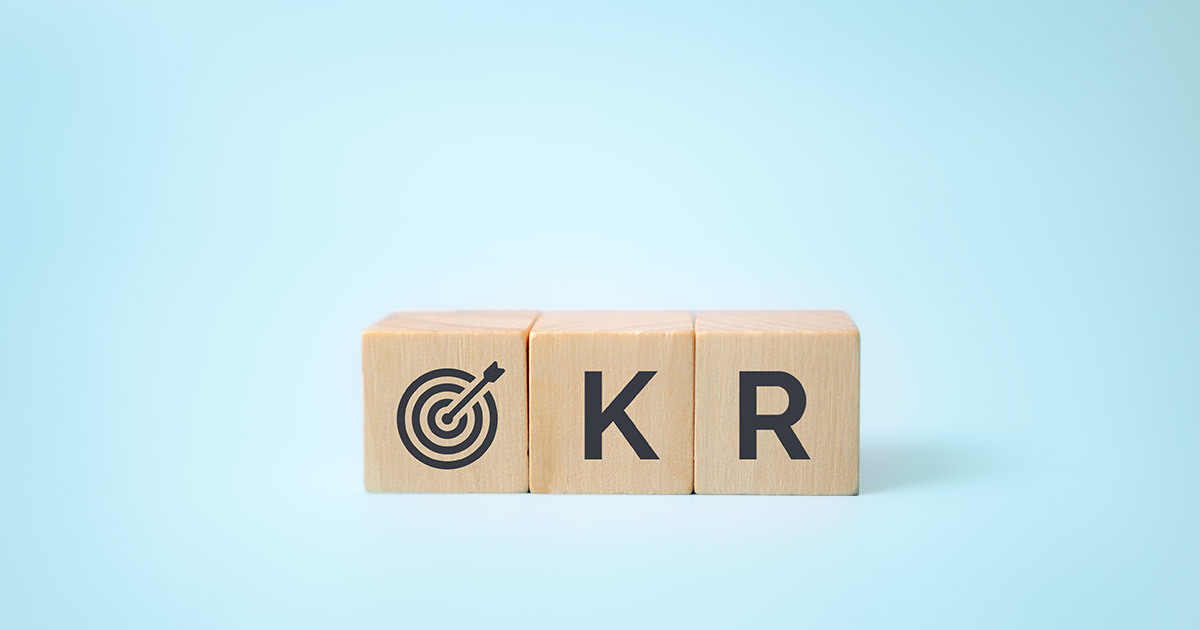September 21, 2021
Using OKR Framework in the New Normal: The Ultimate Guide

In recent times, different forces have resulted in a complete transformation of businesses, and COVID-19 is one of these. The most common challenge that businesses face during the pandemic is how to bridge the gap between strategy and execution while managing the remote workforce. Consider any department that thinks of an idea and communicate that forward to the team. It is essential to articulate how employees stay aligned and focused on the goals that matter the most while scaling the business to new heights and unlocking success. The OKR framework serves as the perfect solution to enable organizations to implement the right strategy, improve employee engagement, and measure success more effectively during these uncertain times.
Here are the few tips that can aid your organization successfully set, implement, and track objectives and key results during these unprecedented times:
1. Consistent Focus
While most organizations are embracing remote-first culture, there has been a fair amount of volatility for all. To handle this uncertainty, everyone within an organization needs to stay focused and clear on their goals and commit to their priorities. As a result, remote employees can stick to the most important goals and understand their role within the team. This enables the organization and its employees to align in the same direction and work together to accomplish the desired goals.
Using the OKR framework, employees understand what the bigger picture is and know their overall contribution towards achieving the company’s vision and goal. With OKRs, remote employees can also feel comfortable and focused as they know how their role matters to the bigger picture in achieving business success.
Also Read: Unlock Benefits of OKR Framework for Large & Small Companies
2. Outcomes-led Planning
The OKR goal-setting framework enables organizations to adopt an outcomes-driven planning approach rather than an output-led strategy. Outcomes-based planning gives employees the flexibility to solve business challenges and the autonomy to learn through experimentation. This helps build empowering teams who can adapt to the changes, thus reducing the certainty of OKRs and experimenting with new ideas to reduce the risks of failure.
Also Read: Attaining Success with Google’s OKR Goal Setting Framework
3. Choose the Right Cadence
The objectives and key results framework uses nested cadence to balance short-term and long-term business goals. It enables organizations to understand the difference between goals they want to accomplish now and the ones they want to achieve in the future. Using the OKR framework, goals can be broken down to annual, quarterly, and then monthly OKRs. This provides agility to businesses to adapt quickly in unexpected environments while focusing on the long-term goals that guide you through the next vital steps in every quarter.
Most organizations prefer quarterly OKR cadence as it becomes easier to timely track progress and further streamline the OKR approach per the changing business priorities and unplanned impacts.
The current scenario has made most businesses understand the need for strategic planning for a better future. Here too the role of the OKR framework has a definite edge. Is your organization still trying to cope with several problems during the crisis? Now is the time to leverage new ways of strategic planning and goal-setting using a perfect tool like Unlock:OKR.
Talk to our OKR experts today and get started!